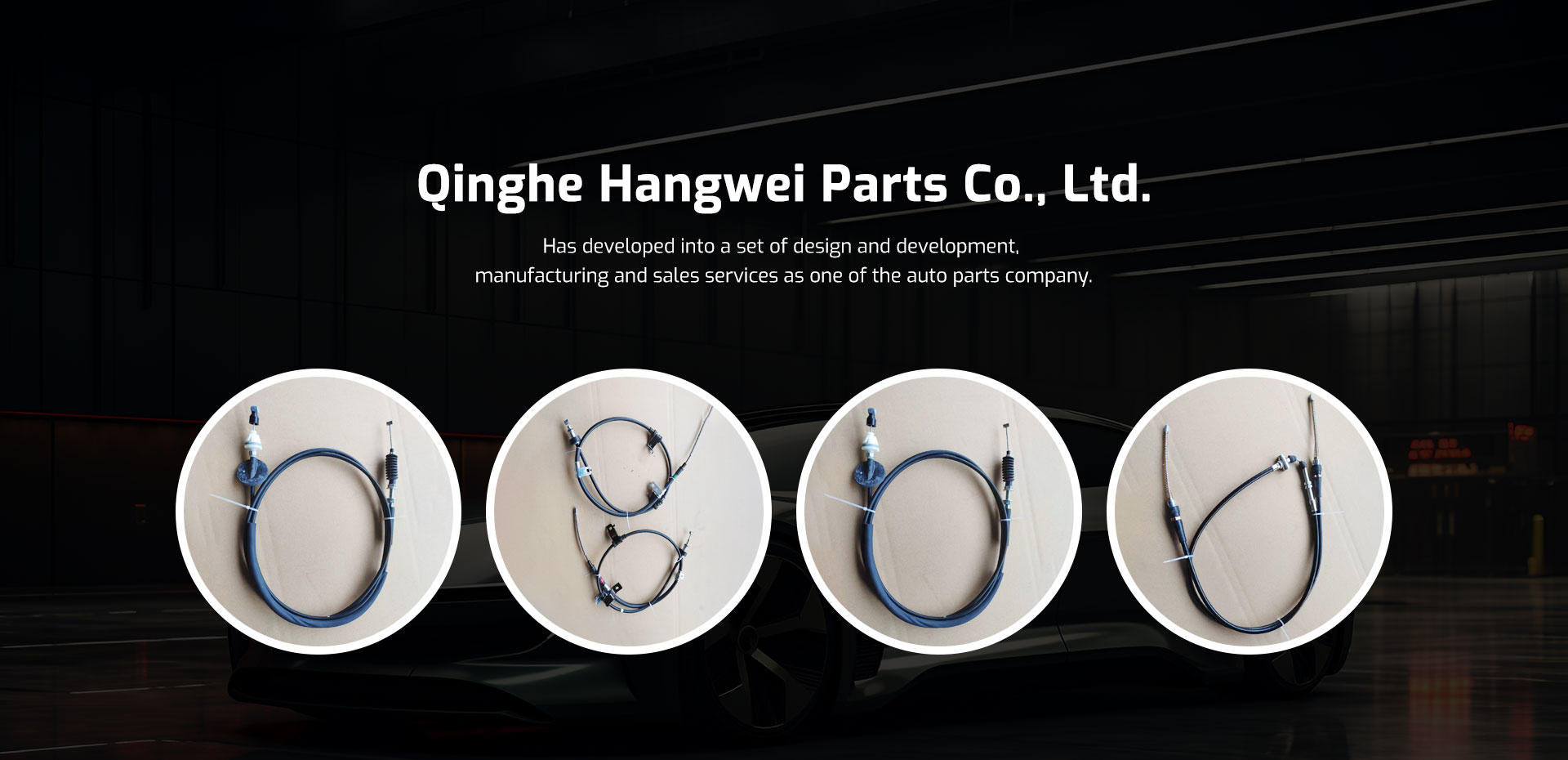gas pedal cable
Understanding the Gas Pedal Cable Its Function and Importance
The gas pedal cable, also known as the throttle cable, plays a critical role in the vehicle's performance dynamics. This seemingly simple component is responsible for transferring the driver's intention to accelerate into actual engine response. Understanding how this cable works and its significance can help car enthusiasts and everyday drivers alike appreciate the intricacies of their vehicles.
What is the Gas Pedal Cable?
At the heart of a vehicle's acceleration system, the gas pedal cable connects the accelerator pedal to the throttle body of the engine. When a driver presses down on the gas pedal, this cable sends a signal to the throttle, allowing more air and fuel to enter the engine. This, in turn, increases the engine's RPM (revolutions per minute), leading to acceleration.
Historically, gas pedal cables were purely mechanical, utilizing a system of pulleys and levers to transmit movement. However, with advancements in automotive technology, many modern vehicles have shifted to electronic throttle control systems (ETC), where sensors and actuators replace the traditional cable mechanisms. Despite this shift, understanding the principles behind the gas pedal cable remains essential for both new and older vehicles.
The Functionality of the Gas Pedal Cable
When the driver accelerates, the motion of the gas pedal pulls the cable, which in turn rotates the throttle plate at the engine's intake. This movement regulates the amount of air mixture entering the engine, allowing it to produce more power as the throttle opens wider. A well-functioning cable ensures smooth acceleration and responsive engine performance.
gas pedal cable

In vehicles equipped with electronic throttle control, the function of the gas pedal cable is replaced by sensors that detect the position of the pedal and send signals to the engine control unit (ECU). The ECU then adjusts the throttle position electronically, optimizing engine performance and fuel efficiency. Regardless of the technology used, the essential goal remains the same to translate the driver's input into controlled acceleration.
Signs of a Failing Gas Pedal Cable
A malfunctioning gas pedal cable can present various symptoms, including unresponsive acceleration, sticky pedal feel, or erratic engine performance. Drivers may also notice that their vehicle hesitates during acceleration or that the throttle does not return to its idle position smoothly. If any of these symptoms occur, it is crucial to have the system inspected promptly to avoid further complications.
Regular maintenance can help prevent premature wear and tear on the gas pedal cable. Ensuring that the cable is lubricated and free of debris can enhance its lifespan. If the vehicle is older or has experienced significant use, it may be advisable to replace the cable proactively to maintain optimal performance.
Conclusion
The gas pedal cable, whether mechanical or electronic, is an integral component of a vehicle's operation. It translates human intention into machine response, providing the essential connection between driver and engine. Understanding its function and recognizing the signs of potential failure can ensure that drivers maintain safe and efficient driving experiences. Whether one is cruising on the highway or navigating city streets, appreciating the role of the gas pedal cable can deepen one’s respect for the complexities of automotive engineering.
-
Workings of Clutch Pipe and Hose SystemsNewsJun.04,2025
-
The Inner Workings of Hand Brake Cable SystemsNewsJun.04,2025
-
The Secrets of Throttle and Accelerator CablesNewsJun.04,2025
-
The Hidden Lifeline of Your Transmission Gear Shift CablesNewsJun.04,2025
-
Demystifying Gear Cables and Shift LinkagesNewsJun.04,2025
-
Decoding Clutch Line Systems A Comprehensive GuideNewsJun.04,2025
